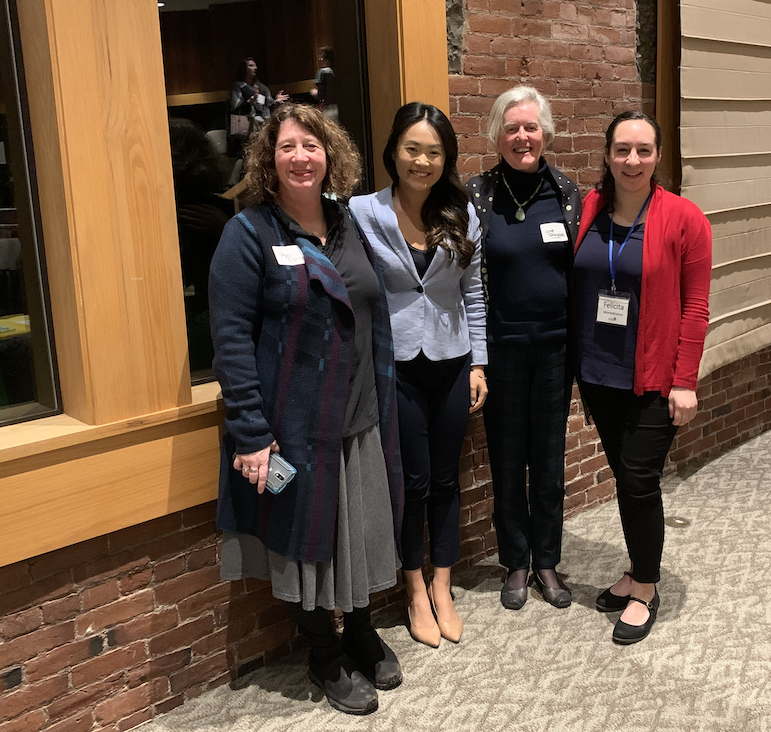Someone online asked the following – they were asking about people in a particular developing country:
If you had to teach an IT skill (IT used in the very broad sense and including social media management, online chat support, microblogging) to a group of people whose only exposure to tech is their cellphones and social media platforms, in 16 half-day sessions, what would you pick? These should be skills that are in demand by employers and can give them a foot-in to work on platforms like Fiverr and Udemy.
I found the question interesting because, when it comes to online volunteering, finding roles where you use ONLY a smartphone are few and far between. Similary, I’ve never seen a paid job where all you need is a smart phone (but LOTS of scams implying there are such).
My answer was very different than everyone else’s. Here are the suggestions I made:
I would make sure they understood:
- the basics of cutting and pasting, editing,
- spell check with the free version of Grammarly, when something is online/in the cloud and when something is downloaded,
- when something SHOULD be in the cloud versus when something is downloaded,
- using a VPN,
- keeping information safe online,
- knowing what of your information should be private and what’s okay to be public,
- how to protect privacy online and stay safe online and detect scams,
- the basics of netiquette and
- how to build trust online.
I would do a workshop on what an effective online video interactive meeting looks like versus an online panel or online presentation. I would show how YouTube, Vimeo and Facebook video work – how to post, how to “like” a video, how to set privacy settings for videos, how to moderate comments, and if possible on a phone (I’m not sure if it is), how to edit such. I would emphasize that online tools are fluid – what we use now might not be what we use in 10 years, and that’s okay, because what we learn and how we work now will just transfer over to whatever comes along.
What’s interesting is that the person didn’t really seem to like the answer. She found them too “basic.” My rebuttal, which I didn’t post on her original question, but will here:
The aforementioned skills are what I look for when hiring someone, and I find them severely lacking among both applicants and co-workers – especially co-workers under 35. Whether the role is social media management, web site design, database management or online counseling, all of the aforementioned skills are fundamental to an employee, consultant or volunteer’s success in that role – and when any of these skills are lacking, the work suffers and it reflects poorly not only on the person but the entire organization.
Basic or not, these are the essential skills 21st-century workers need to master, no matter where they are in the world. And way too many of them are falling short. When an applicant has these skills, they get hired and they FLOURISH, no matter what tech changes come along.
And for those in the USA: Happy Labor Day!
Also see:
Virtual Volunteering & Employability

If you have benefited from this blog, my other blogs, or other parts of my web site and would like to support the time that went into researching information, developing material, preparing articles, updating pages, etc. (I receive no funding for this work), here is how you can help.




